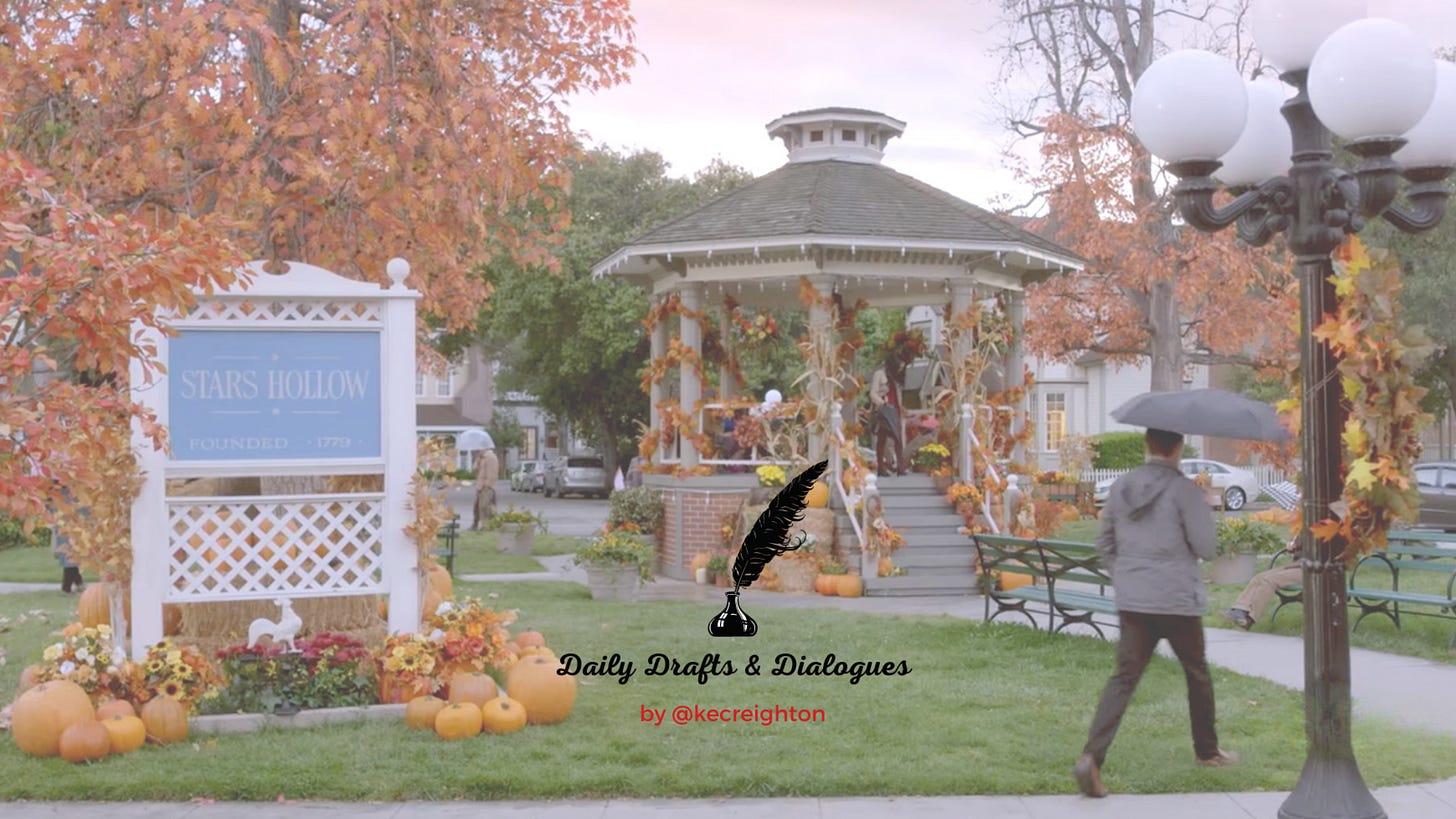Valuable Lessons I Learned from Gilmore Girls
Gilmore Girls is full of valuable writing lessons, as well as valuable life lessons, which might be why it’s remained so popular, even though its pilot aired twenty-five years ago.
Below are a few key lessons I learned from watching Gilmore Girls.
Engaging, Witty, Vulnerable Dialogue is Key
Engaging, witty, vulnerable dialogue is key to writing great fictional scenes with complex characters. It’s also key to developing engaging and rewarding relationships in real life.
The dialogue in Gilmore Girls wouldn’t be as hilarious and entert…
Keep reading with a 7-day free trial
Subscribe to Daily Drafts & Dialogues to keep reading this post and get 7 days of free access to the full post archives.


